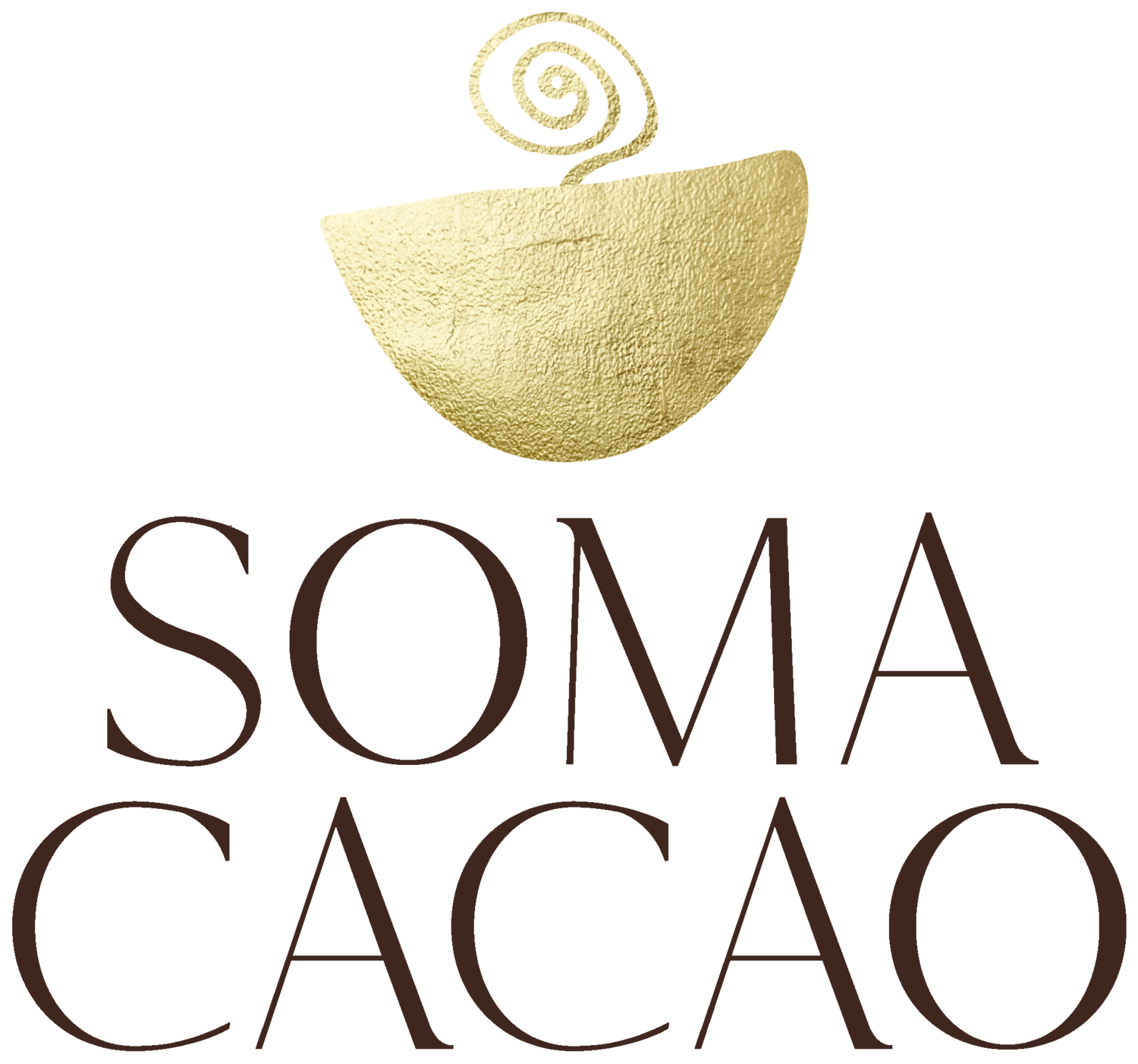Cacao Industry: Future Challenges & Price Increases
Dear Soma Crew,
Cacao grows in paradise. Crops can only be grown in areas within 20 degrees of the Equator with high year-round temperatures and ample annual rainfall. Most of the world’s cacao is grown in West Africa, in conditions which are far from paradisiacal for the severely-underpaid workers. While we have always eschewed West African cacao for moral and quality reasons, the harvest in this area has a profound effect on the cacao industry worldwide.
Just before Halloween last year, it was widely reported that an El Niño had caused an unusually dry growing season in West Africa, severely hampering the cacao crop. Then, in November, extreme rainfall caused damage to the already-limited crop, causing many trees to drop the flowers which become cacao fruits over a 22-week gestation period. Damp conditions also accelerated the spread of Black Pod, a fungal disease that rots developed cacao pods.
The failure of much of the West African harvest has caused a supply squeeze that has drastically increased cacao prices worldwide. This has been exacerbated by long-term deforestation, declining numbers of cacao farmers, and a mealybug infection in the roots of the cacao trees. This, coinciding with pretty steep inflation in shipping and labour costs, has created a perfect storm (excuse pun) for surging cacao prices worldwide.
This Valentine’s Day, media interest in soaring cacao prices was sparked once more. Rabobank associate analyst Pia Piggott said the price of cacao had surged by 144 per cent over the past year due to the continuing shortage. Chocolate prices to consumers have already increased by 13% in Europe and 20% in the USA over the last two years alone, with further rises expected.
At Soma, we are generally circumspect about media alarmism and market fluctuations (see our article Heavy Metals, Chocolate & Cacao: Weighing in on the Media Frenzy). But this recent price ripple has finally crossed the ocean and hit us in Australia. As many of you know, we have already had to discontinue our Balinese cacao indefinitely because of the poor harvests there too, and unfathomable price increases. The source price of our Karkar Island beans has increased 39% in the last six months, with international freight up 22% in the same period. This, combined with rising operational costs, including AQIS fees, salaries, insurance, local government charges, electricity, fuel, local transport, etc, has substantially increased the cost of our goods sold, including our local cacao.
We already run with quite tight margins, due to our insistence on sourcing premium products, and our commitment to paying significantly above the Fair Trade Price to protect our producers. (A 2006 Financial Times investigation of fair trade in Peru, revealed that workers on fair trade farms were often paid beneath the minimum wage).
Unfortunately, therefore, unless we increase prices, our business model will simply no longer be viable, in which case we would have to close up shop. As you know, we only sell directly to you, our consumers, since we don’t have enough wiggle room in our prices to build in a retail margin (we reject almost daily requests from lovely-sounding cafes, whole-food stores, nutritionists, yoga studios, ceremonialists, etc. who want to stock our cacao).
At the same time, we are confident that some costs will eventually come down a little (though others certainly won’t), so we think we can manage the cost pressure with price increases about equivalent to the cost of one barista-made coffee per month, per 500g bag.
Here’s the lowdown:
Karkar Island Cacao:
Current Price for 500g: $56.96
Future Price for 500g: $61.95
Mission Beach Cacao:
Current Price for 500g: $60.50
Future Price for 500g: $65.95
Daintree Cacao:
Current Price for 500g: $64.95
Future Price for 500g: $65.95 (only a minor increase for Daintree following a more substantial price increase in 2023).
Mexican Cacao:
Current Price for 500g: $59.95
Future Price for 500g: $64.95
Equivalent increases will be in effect across different sizes and combo-packs as well.
The increase will be implemented on Friday 1 March, so you can still order using the existing pricing until then.
Thank you, in anticipation of your understanding and continued support. This is a big deal for the entire industry, and we are very keen to keep supporting our growers, and do our bit to help protect the future of the precious cacao bean.
Wishing you love, happiness, and quiet moments with cacao,
Rose, Alistair, and the team at Soma Cacao Australia.

